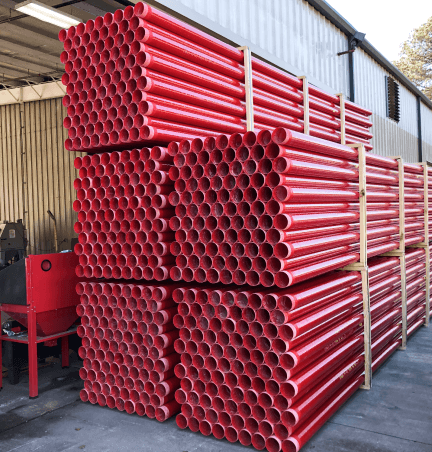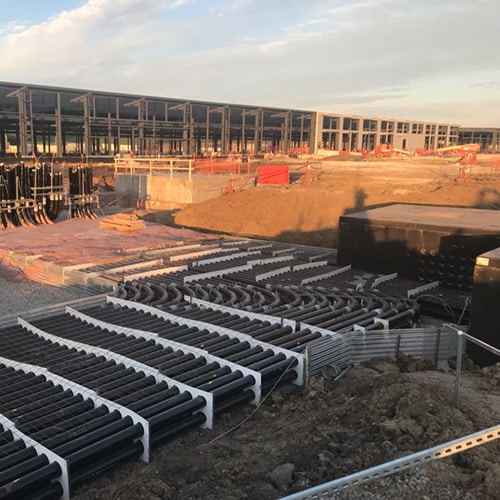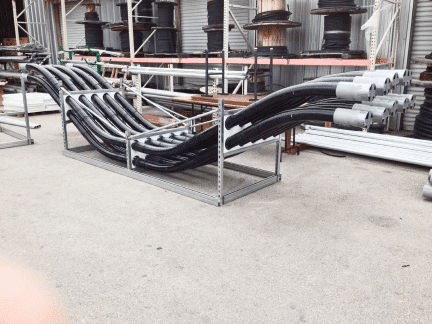North Dakota Town Gains a Fiber Optic Cable
Minot, North Dakota is located in the northwest part of the state, about 120 miles south of the Canadian border. Nearby is the Minot Air Force Base; the town is known for its rich aviation history. A river, the Souris, runs through the city.
A large telecommunications provider in the area embarked on a project to upgrade its digital infrastructure. As the largest telecommunications cooperative in the state, this organization provides Internet service to rural customers, urban residents, and local businesses.
With a desire to offer the latest technology and fastest Internet connections, the network upgrade will provide fiber optic cable to customers in the region. Upgrades like this can be challenging, lasting several years and involving complex installations that have the potential to disrupt traffic and pedestrian patterns.
Challenge: Get the Conduit Under (or Over) the River
Fiber optic infrastructure is typically buried. A buried installation requires the telecommunications provider to dig trenches for the electrical conduit to hold and protect their fast, and somewhat delicate, fiber optic cable.
Cable crossing over the river posed a challenge. Boring underneath a river to bury underground electrical conduit is a time-consuming and expensive process. An above-ground installation —running the cable through raceways underneath or along the side of the bridge — could work, but introduced another obstacle, that of finding the right electrical conduit system for the job.
Instead of an underground conduit, this application and environment require a durable, yet lightweight conduit that would meet the temperature and corrosion requirements of outdoor exposure and the specific requirements of fiber optic cable.
The Solution Involves the Right Conduit and the Right Installation
Traditional rigid conduit materials on the market include PVC, galvanized rigid steel, and PVC coated steel. PVC is currently experiencing product delays and rising prices due to a shortage. Galvanized rigid steel and PVC-coated steel have weight considerations that make installation on a bridge challenging.
Lucky for the large telecommunications provider, a savvy project collaborator suggested the use of fiberglass electrical conduit for this job. Fiberglass conduit (RTRC) checked many project demands such as:
- Low coefficient of friction to enable smooth pulls that protect delicate fiber optic cable
- Supreme corrosion resistance that protects from frequent roadway salt distributions in the winter
- A wide temperature range of -60°F to +250°F to provide protection in warm summer months as well as very cold winter months
- Mechanical strength for significant durability in the event of floating debris in a flood scenario
- Light weight conduit reduces bridge deadload while eliminating conduit system sag commonly associated with PVC in overhead installations
- A smooth, seamless above-ground installation that was less complex than boring under the river
Favorable Outcomes for Electrical Conduit on Bridges
The most important benefit in using a fiberglass conduit system as a solution was that it spared the telecommunications provider the expensive and time-consuming process of boring underneath the Souris River. The mechanical and technical properties of fiberglass conduit as a strong, durable raceway made an easier, more cost-effective, above-ground, outdoor bridge installation a reality. Finally, the strong, durable nature of the fiberglass conduit will protect the new fiber optic cable network for years to come, enabling speedy connections for work, school, and entertainment.












